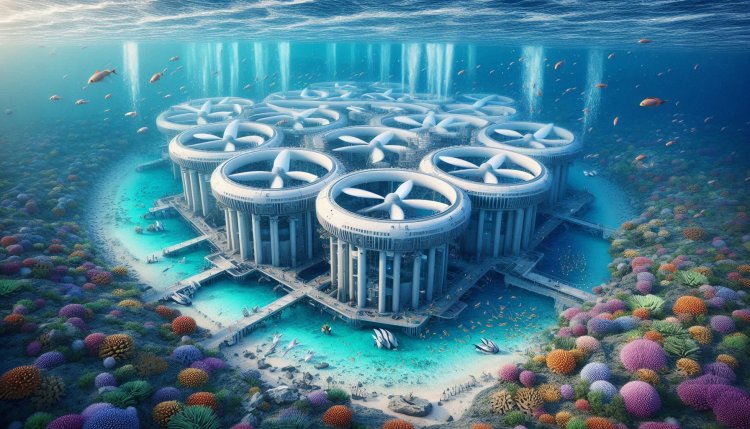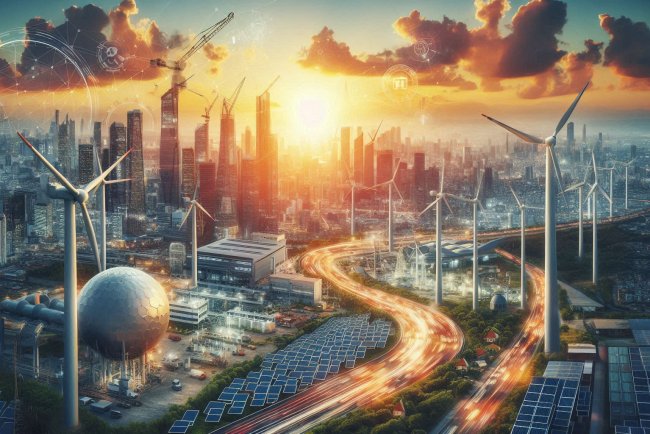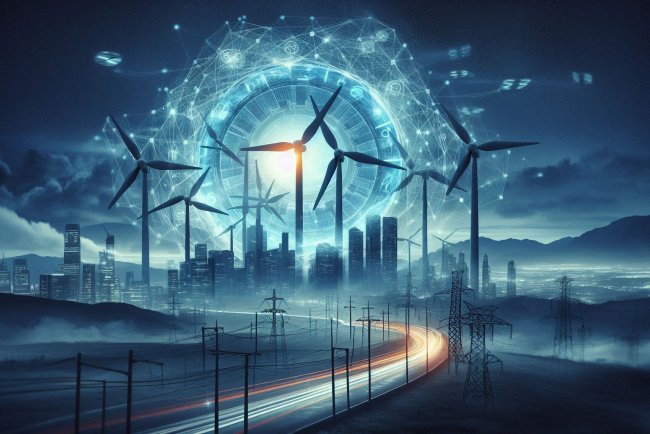Innovations in Hydrokinetic Energy
Discover the latest advancements in hydrokinetic energy technology and how it is revolutionizing renewable energy production. Learn more here!

Innovations in Hydrokinetic Energy
Hydrokinetic energy, also known as marine energy or ocean energy, is a renewable energy source that harnesses the power of moving water to generate electricity. This form of energy has gained popularity in recent years due to its abundant availability and low environmental impact. Innovations in hydrokinetic energy technology have further improved its efficiency and feasibility for widespread adoption. Let's explore some of the recent innovations in hydrokinetic energy:
1. Advanced Turbine Designs
One of the key innovations in hydrokinetic energy is the development of advanced turbine designs. Traditional water turbines have been modified and optimized to better capture the energy from flowing water. For example, vertical axis turbines and helical turbines are more efficient in converting the kinetic energy of water into electricity. These designs allow for higher energy conversion rates and can operate in a wider range of water speeds and conditions.
2. Smart Control Systems
Smart control systems play a crucial role in optimizing the performance of hydrokinetic energy devices. These systems use sensors and data analytics to monitor the flow of water and adjust the operation of turbines accordingly. By dynamically adapting to changing water conditions, smart control systems can maximize energy production and ensure the stability of the power generation process. This innovation helps increase the overall efficiency and reliability of hydrokinetic energy systems.
3. Modular and Scalable Designs
Modular and scalable designs have made hydrokinetic energy systems more flexible and cost-effective. These systems can be easily assembled and deployed in various water environments, allowing for quick installation and maintenance. Additionally, the scalability of these designs enables the expansion of energy production capacity by adding more units or modules. This innovation has made hydrokinetic energy more accessible to a wider range of applications, from small-scale deployments to large commercial projects.
4. Integration with Energy Storage Systems
Integrating hydrokinetic energy systems with energy storage technologies has been another significant innovation in the field. By storing excess electricity generated during peak production periods, energy storage systems help balance the supply and demand of electricity. This integration ensures a more reliable and stable energy supply, especially in remote or off-grid locations. Furthermore, energy storage systems enable the continuous delivery of electricity even when water flow rates fluctuate, enhancing the overall performance of hydrokinetic energy systems.
5. Environmental Monitoring and Mitigation Technologies
Environmental considerations are essential in the development of hydrokinetic energy projects. Innovations in environmental monitoring and mitigation technologies have been instrumental in minimizing the impact of hydrokinetic energy systems on marine ecosystems. By using underwater sensors and real-time data analysis, these technologies can assess the potential effects of energy extraction on marine life and habitats. This information helps developers implement mitigation measures to protect the environment while harnessing the energy potential of water resources.
6. Hybrid Systems with Other Renewable Energy Sources
Hybrid systems that combine hydrokinetic energy with other renewable energy sources, such as solar or wind power, have emerged as a promising innovation. By integrating multiple energy generation technologies, these hybrid systems can enhance overall energy production and reliability. For example, combining hydrokinetic energy with solar power can provide a more consistent energy output throughout the day, utilizing the complementary nature of these renewable resources. This innovation maximizes energy efficiency and diversifies the renewable energy mix for a more sustainable power generation approach.
7. Floating Platforms and Subsea Structures
Floating platforms and subsea structures have been developed to support the deployment of hydrokinetic energy devices in deep water environments. These innovative structures provide stable and secure foundations for turbines and other equipment, allowing for efficient energy extraction in offshore locations. Floating platforms can be easily transported and installed in remote areas, expanding the reach of hydrokinetic energy projects to offshore wind farms and other marine energy hotspots. This innovation opens up new possibilities for harnessing the vast energy potential of the ocean.
8. Research and Development in Materials and Coatings
Advancements in materials and coatings have contributed to the durability and performance of hydrokinetic energy systems. Research and development efforts have focused on developing corrosion-resistant materials and protective coatings that can withstand harsh marine conditions. By enhancing the longevity and reliability of turbine components, these innovations reduce maintenance costs and improve the overall efficiency of hydrokinetic energy systems. Investing in new materials and coatings is essential for the continued growth and
What's Your Reaction?

















